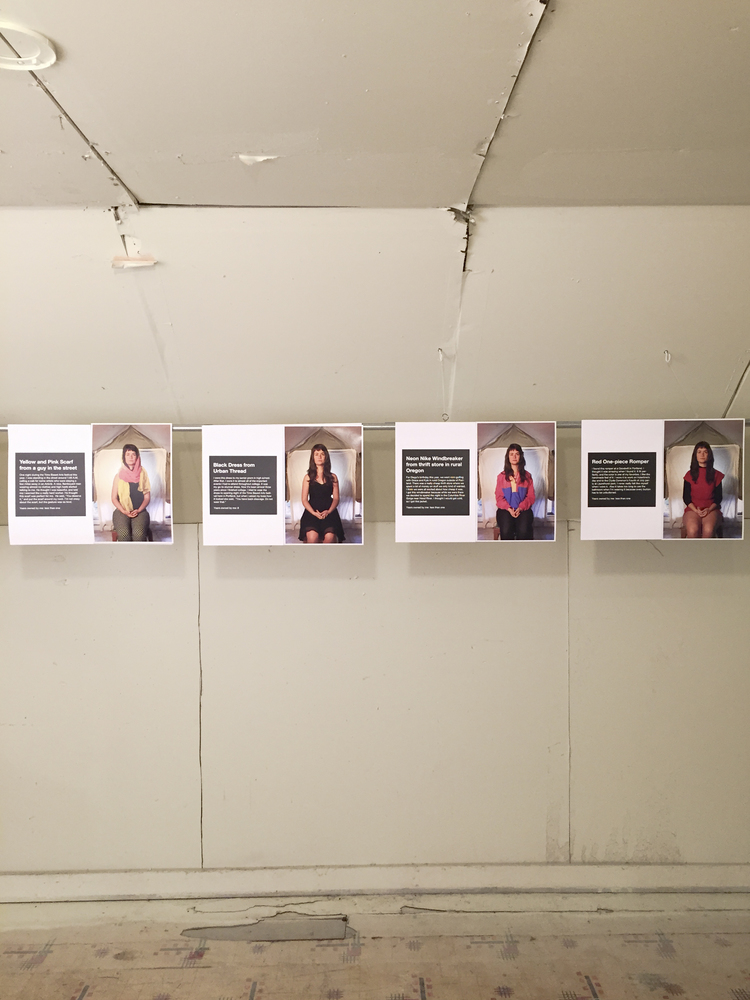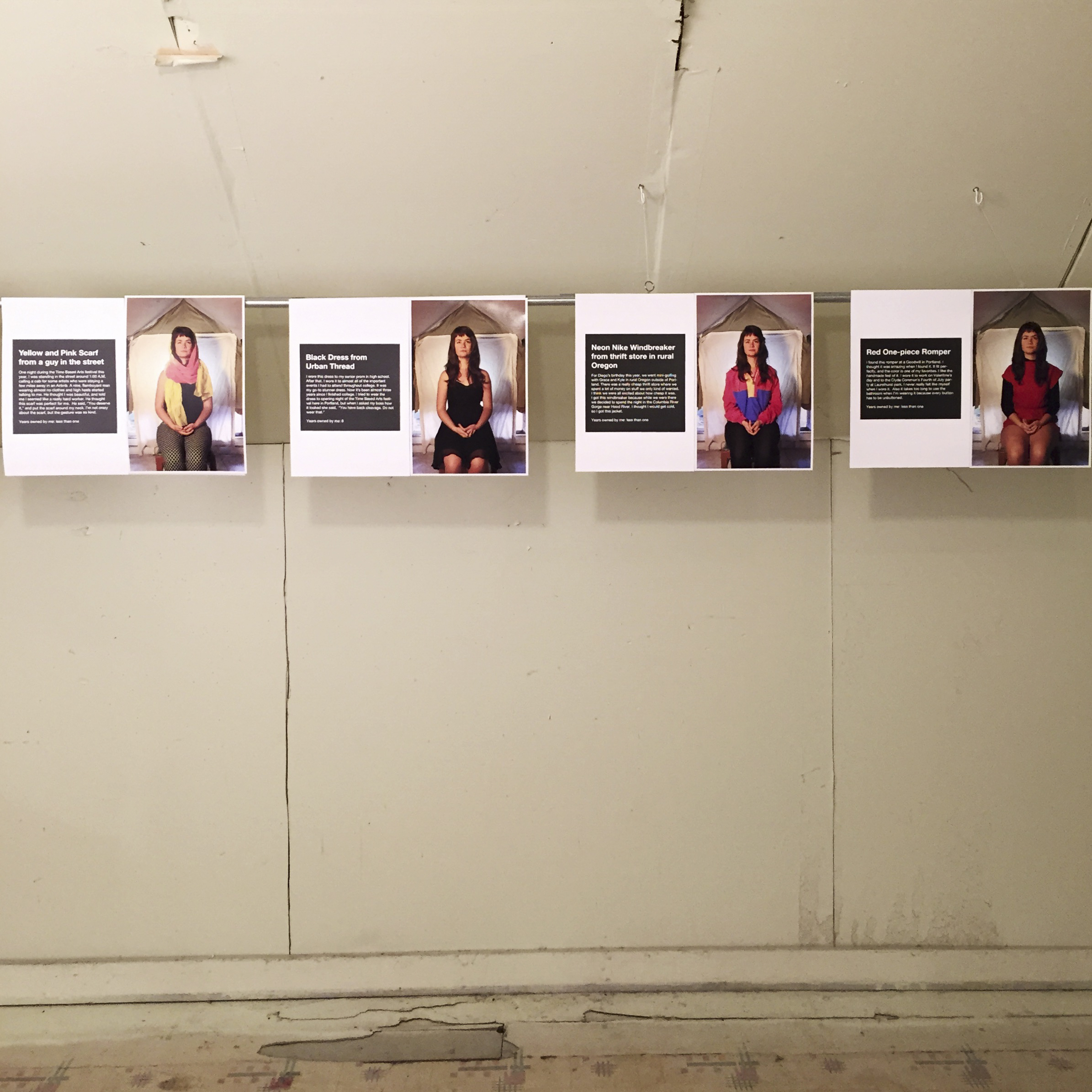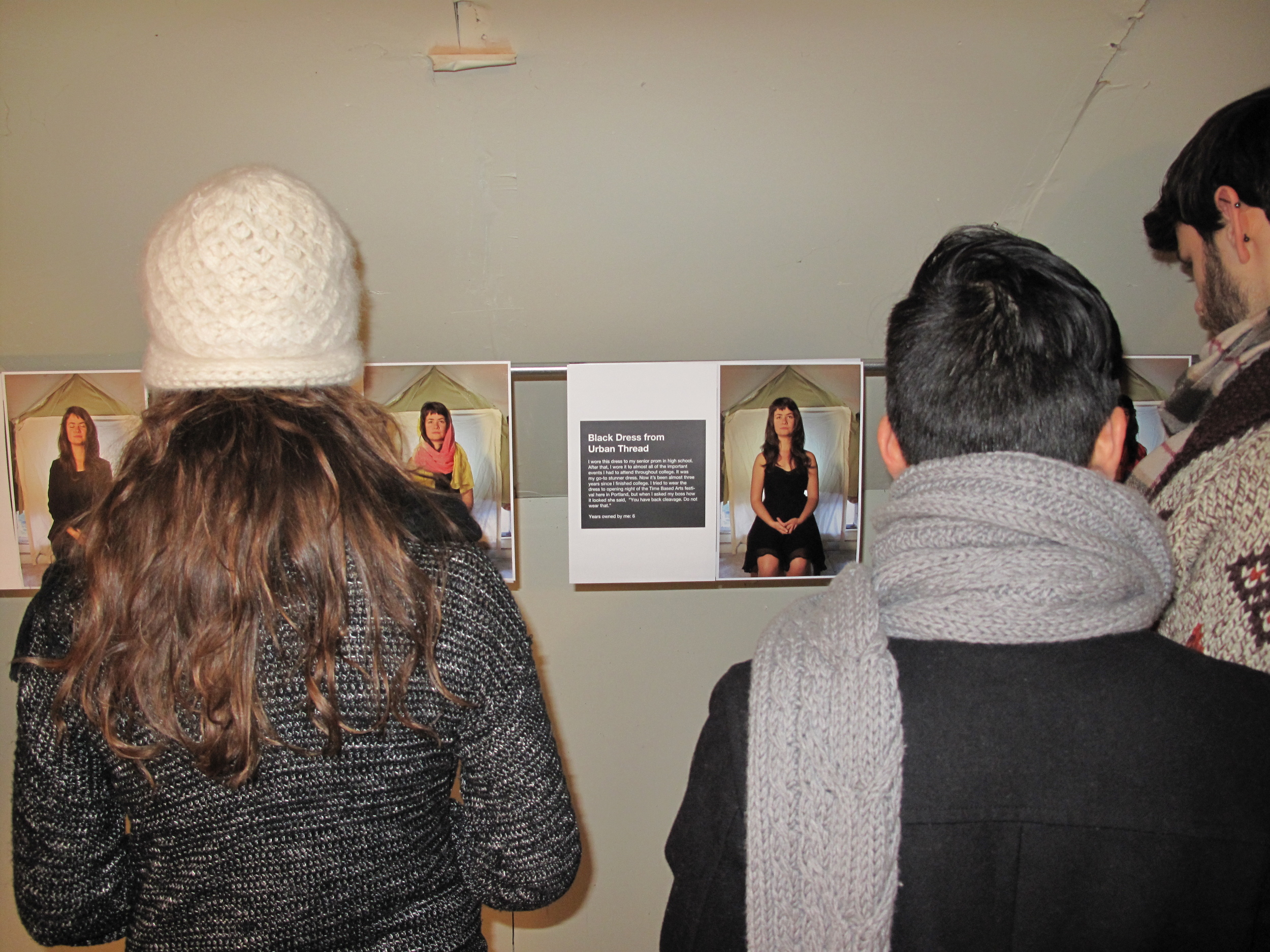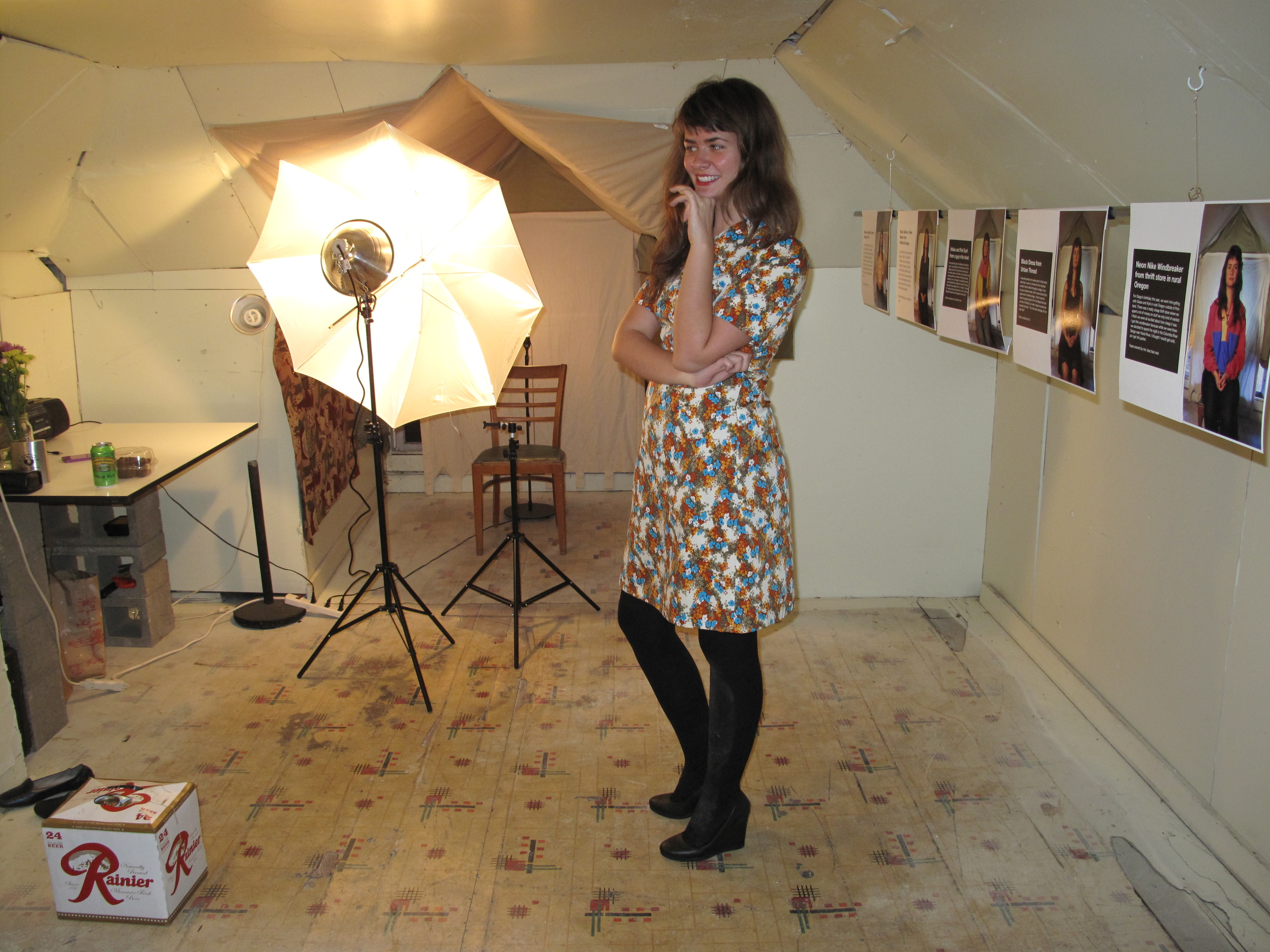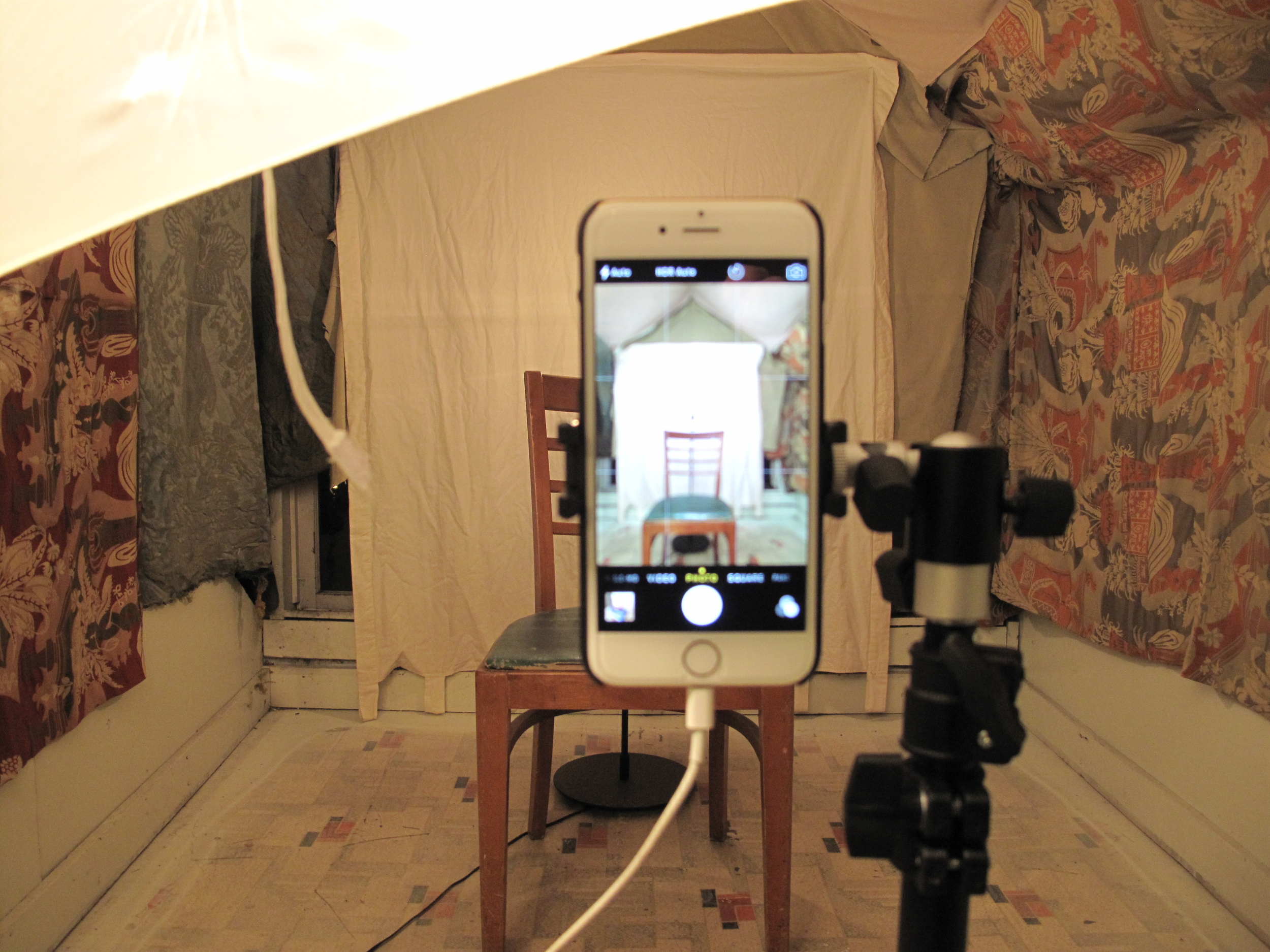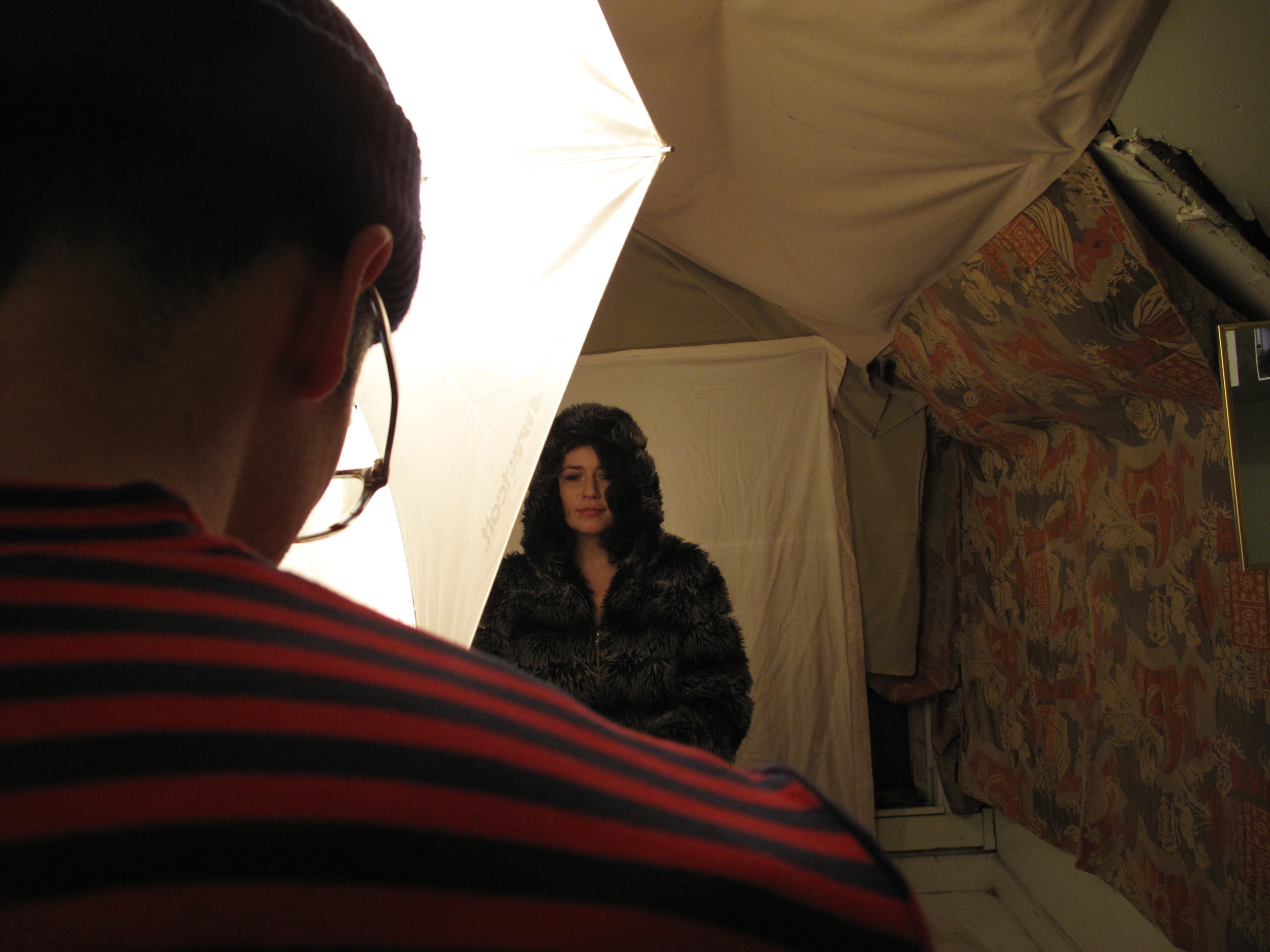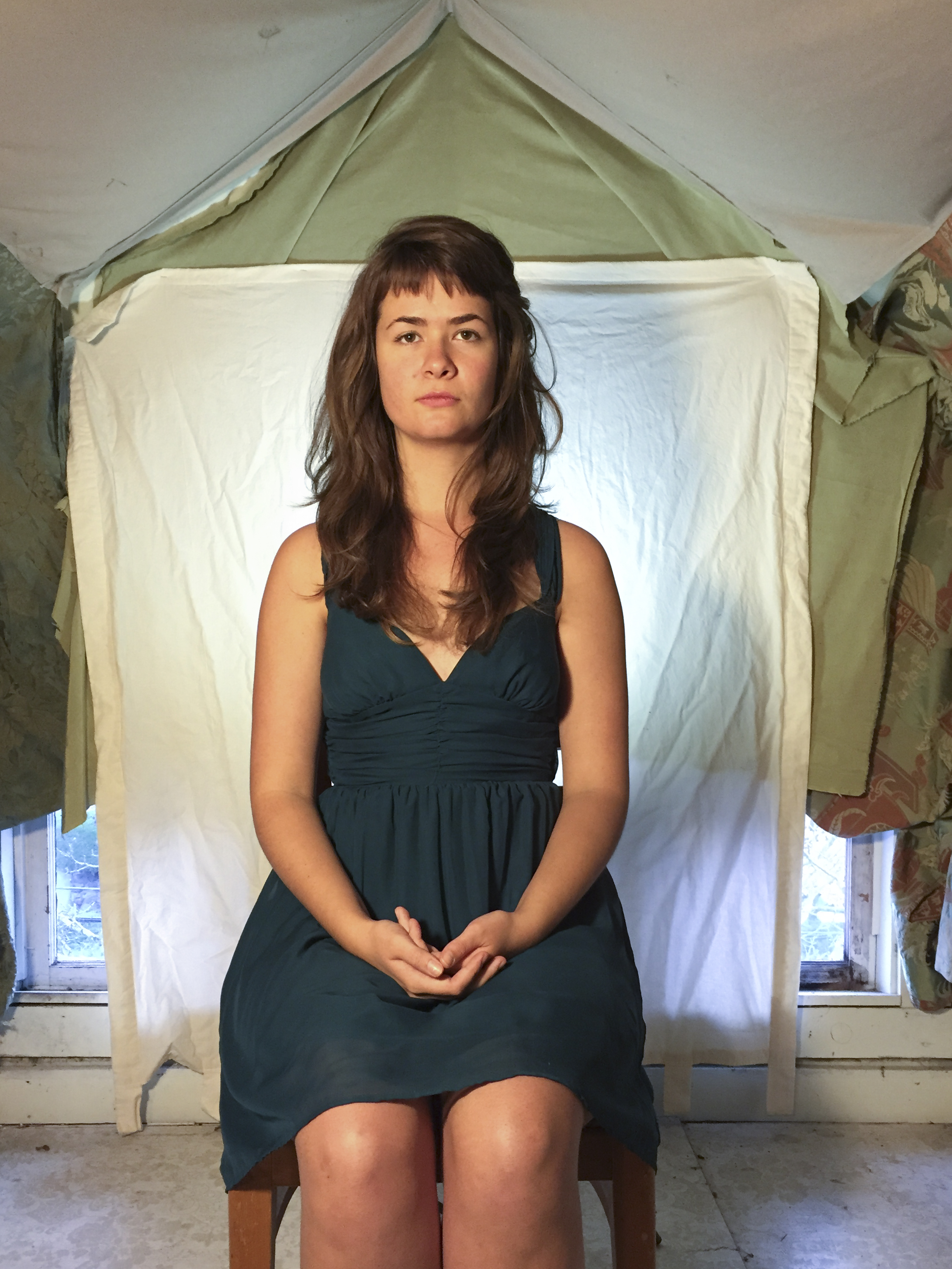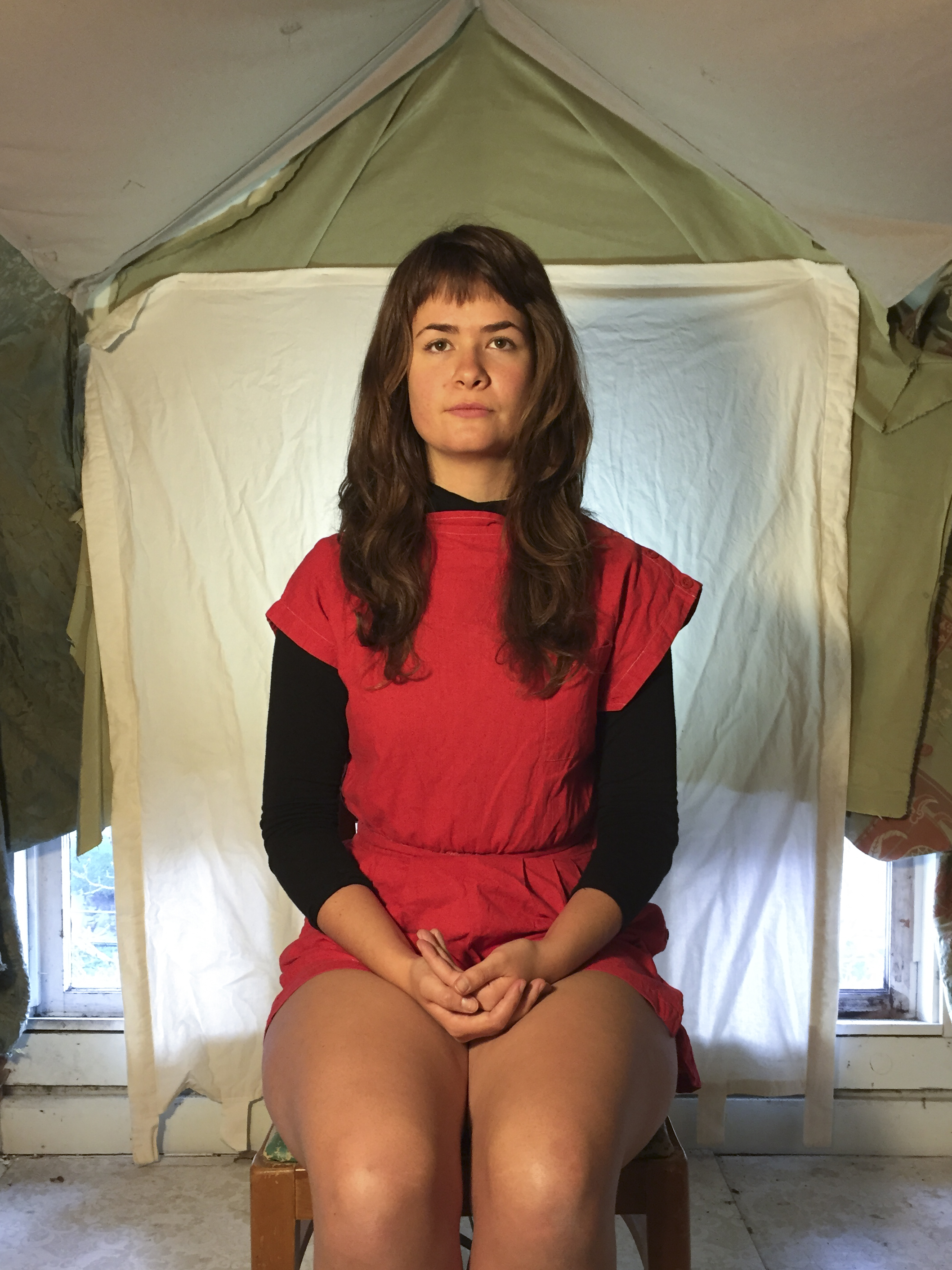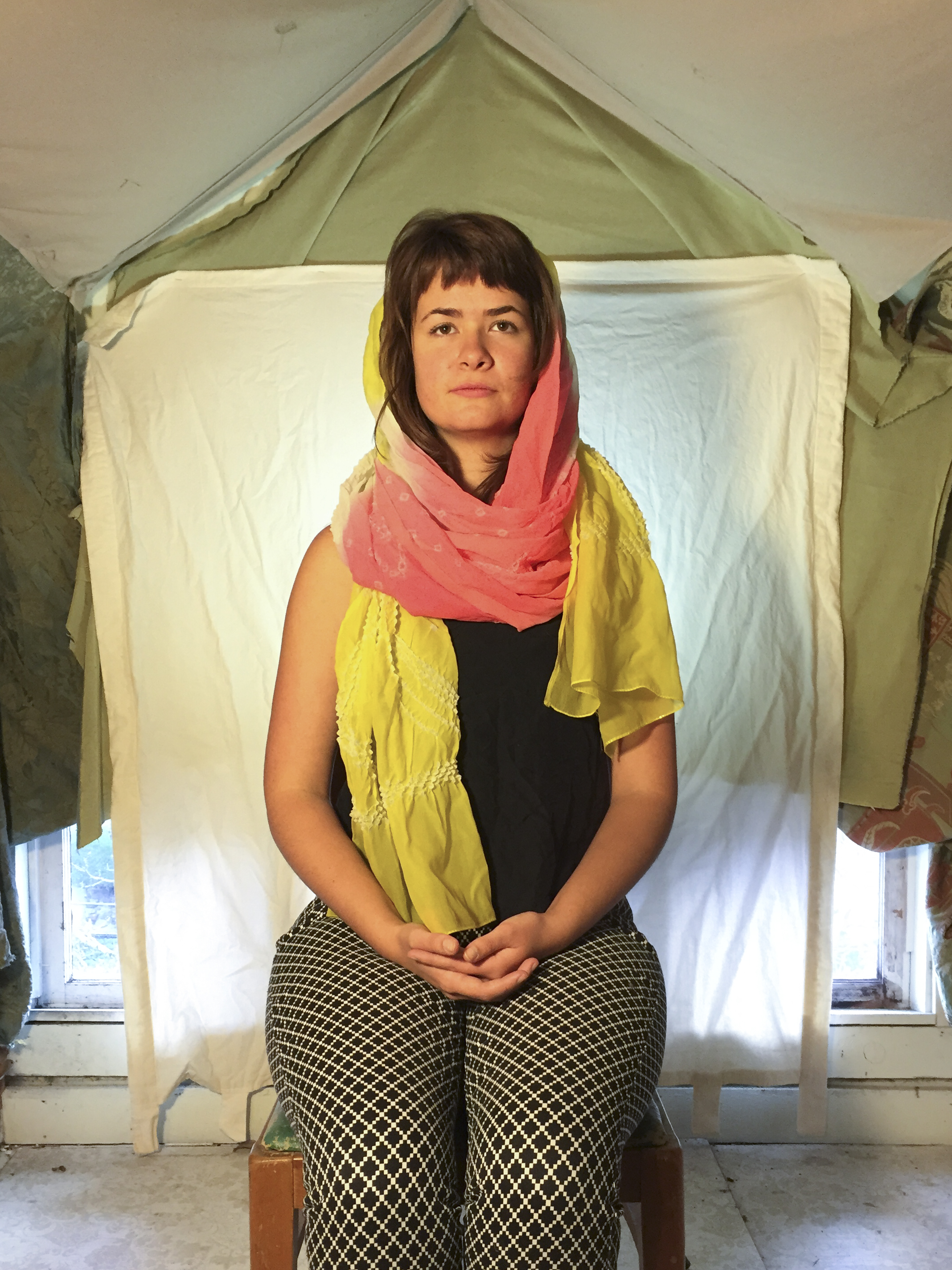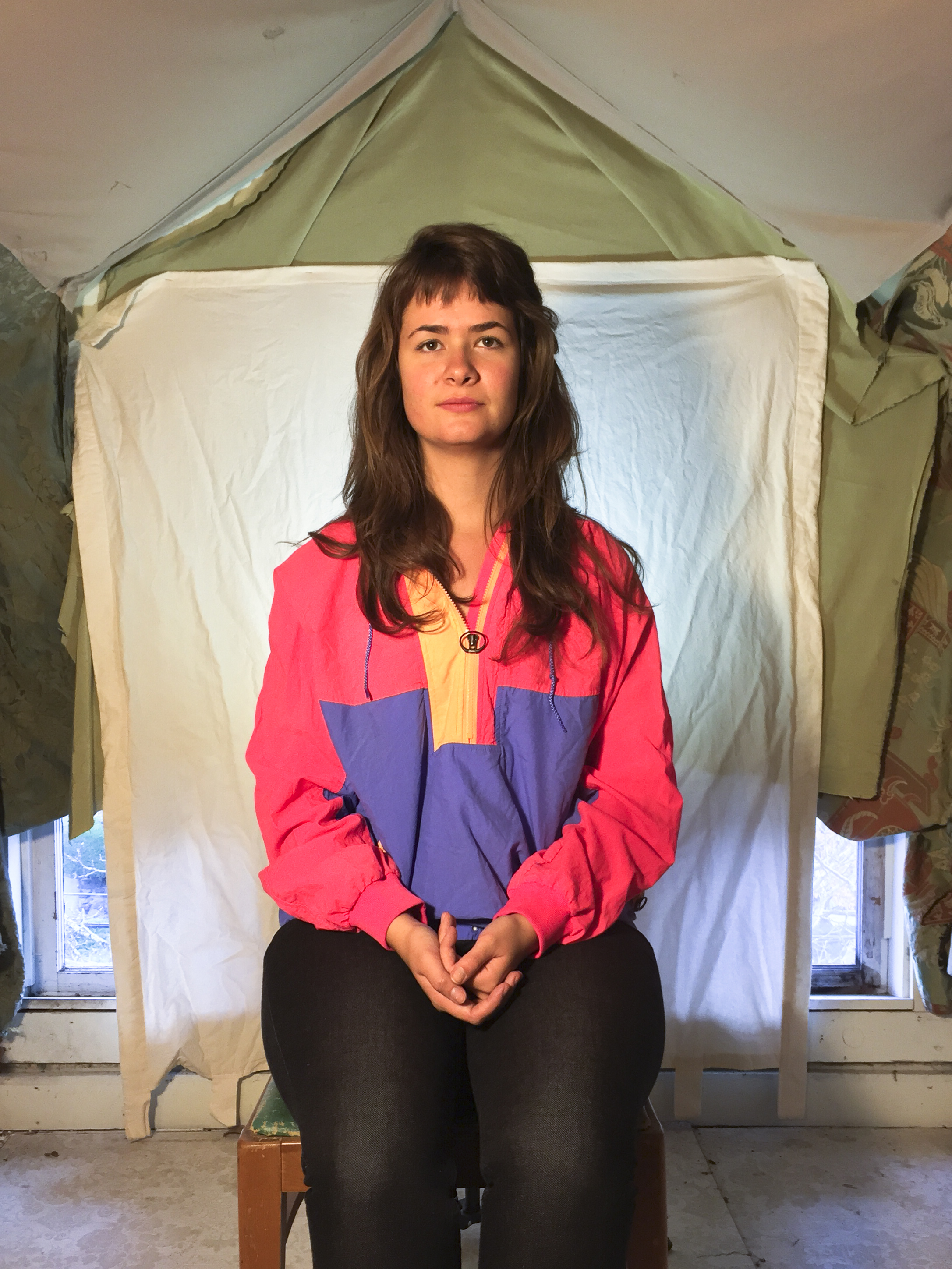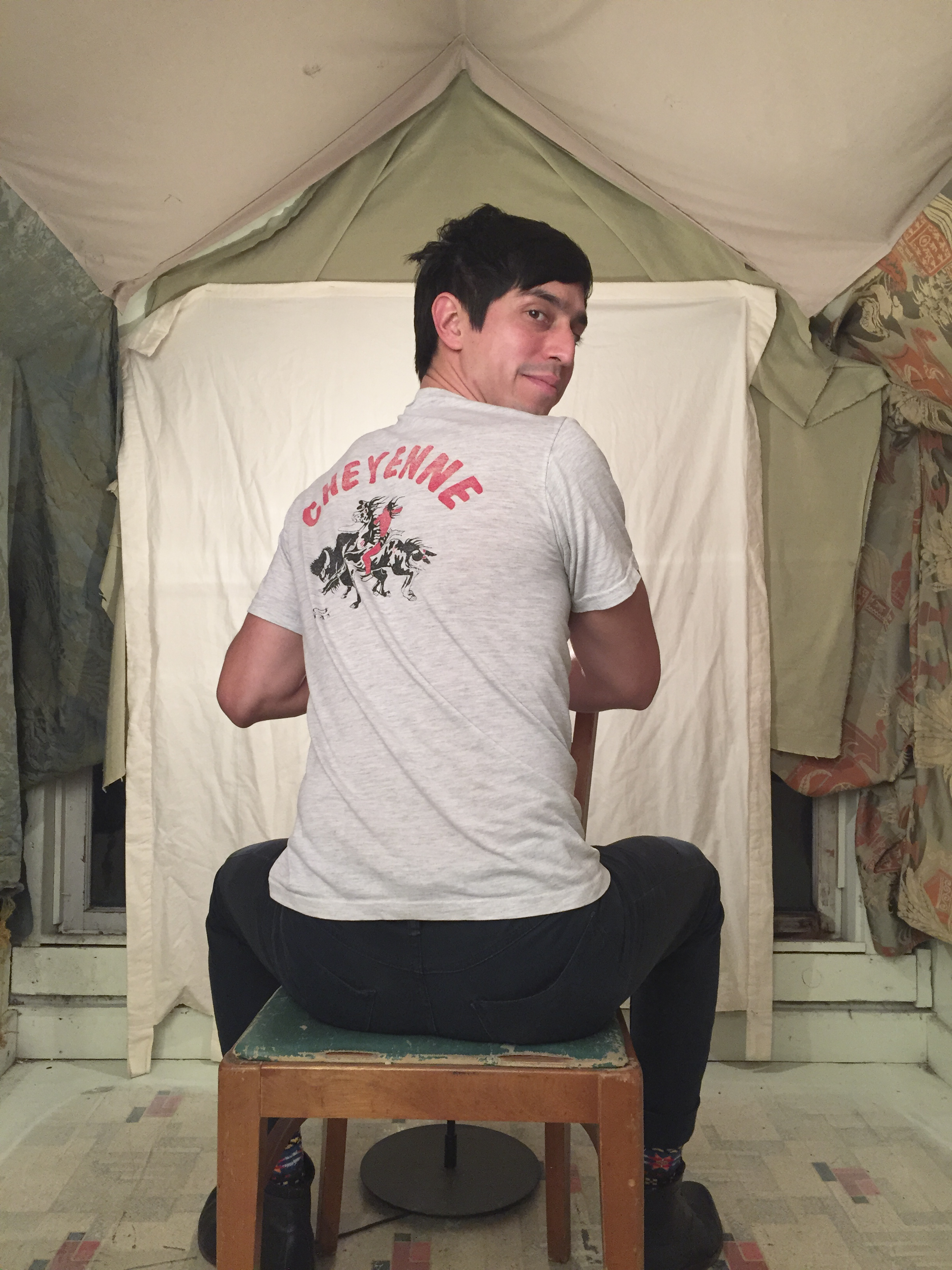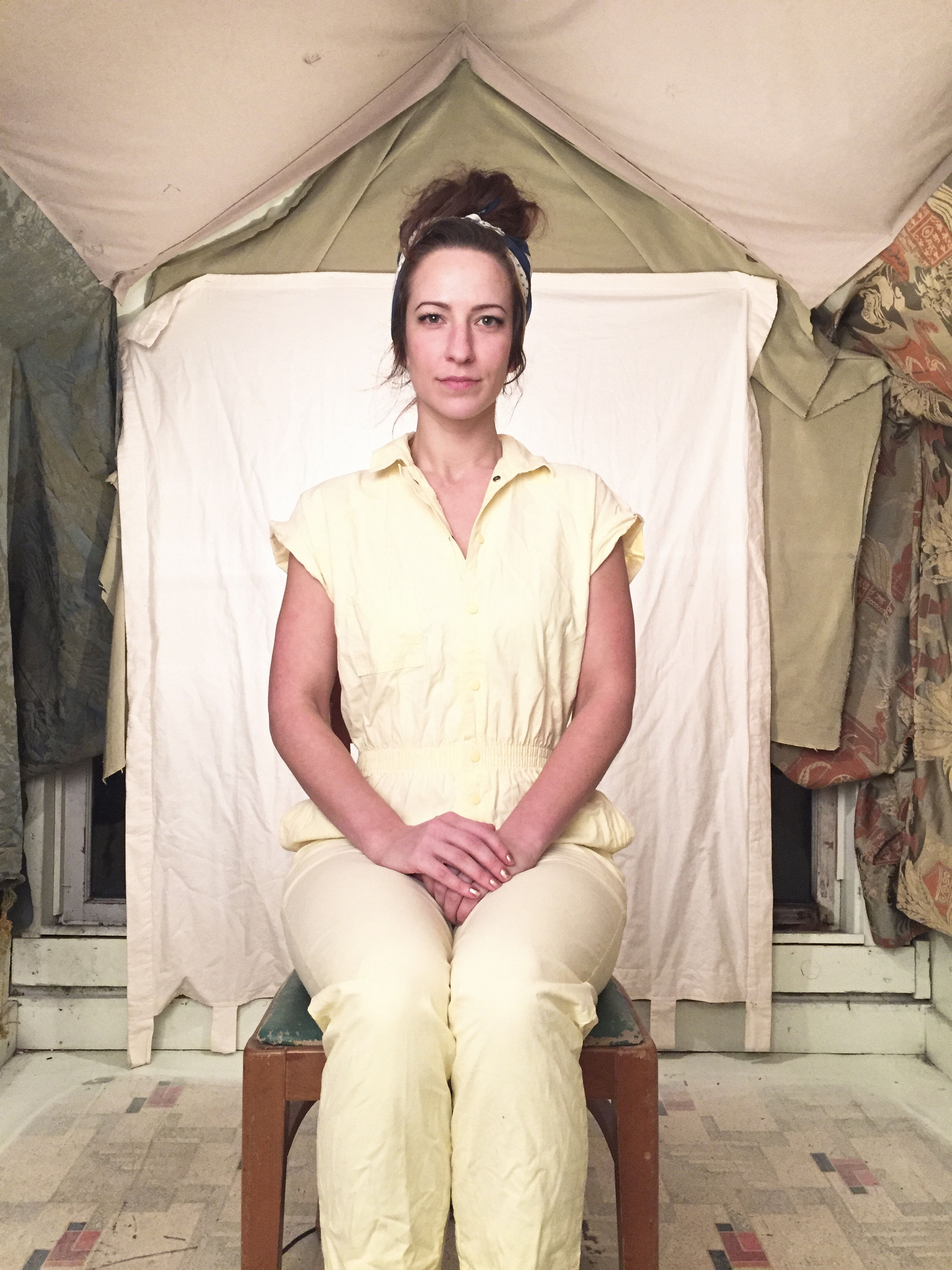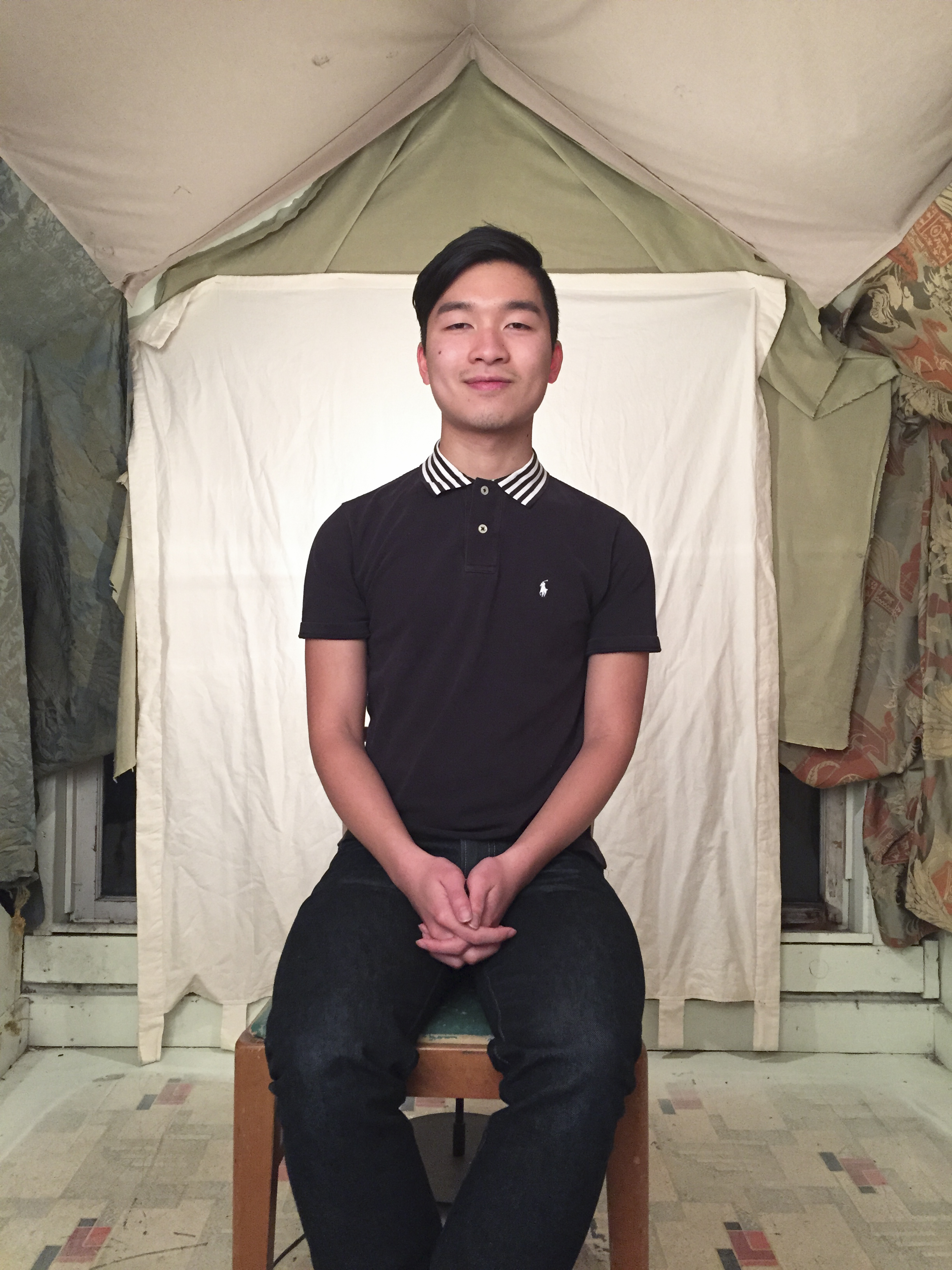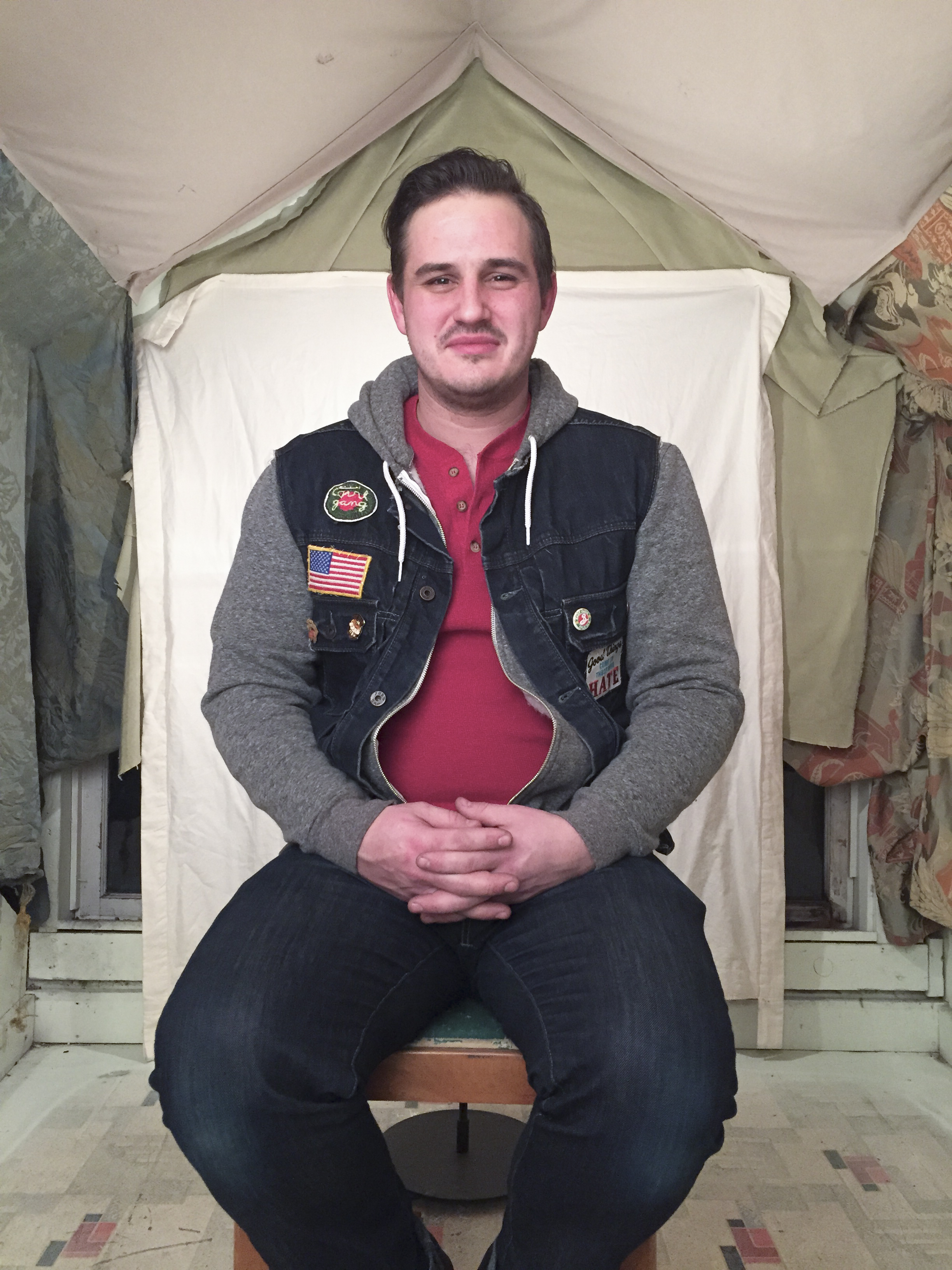Clothes That Spark Joy
2014
In collaboration with photographer Tim Roth and writer Marianne Mckey.
Presented in Tim Roth's attic.
As a way to mark a transition in my life, I got rid of almost all of my clothes, many of which I had been holding on to for sentimental reasons. Tim helped me document the clothes, and I wrote little stories about everything I gave away. The clothes were memorialized in this booklet.
To celebrate the relationship people have to their clothes and other sentimental objects, we held a participatory exhibition event in Tim's attic, and we invited people to bring or wear clothes they cherish. At the event, we explained the catharsis I had gone through, collected stories from people about clothes they brought, and photographed people wearing those clothes.
Preface of Clothes that Once Sparked Joy: A Memorial
The act of poring through remnants of my past is something that I have done since I was a little girl. An only child, I spent a lot of time organizing my things, repurposing toys that seemed like they could use a new life, and memorializing everyday objects. My curated archive of special artifacts gets smaller as I sift out piles of less essential items and slowly add new treasures. Recently, I have considered how my everyday choices like wardrobe or decor reflect my political and cultural values.
During Fabric of Memory, a project that was on view at the Tate Liverpool Biennial International 2006, Lee Mingwei invited residents of Liverpool to share something made specifically for them, document the object, and tell its story. People contributed all sorts of objects, from sweaters and stuffed animals to old letters and stones. Each object was presented elegantly at the exhibition in a wooden box along with stories contributed by the owners and people who had made the objects. The stories reflect on the “Making and Giving” process as well as the “Memories and Associations” surrounding the object. The objects and their stories are archived in a browseable online database on the Tate’s website.
Mingwei’s project suggests that interpersonal relationships that form in response to or around a sentimental object can be quite powerful. The stories of those relationships give us insight into a person and their way of being in the world. One of the participants in the project acknowledges how the process enabled him to remember a set of memories that a sweater evoked, “I want to thank Mingwei for giving me a fresh view of a article of clothing that I was not consciously keeping and that I have not even looked at in many years.” This participant not only got the chance to recall forgotten personal memories, but he also gained a new awareness of how objects can relate to larger narratives of our lives.
Inspired by Mingwei’s project, I set out to create something that would highlight the stories behind my own clothes in hopes that I would be able to inspire other people to reflect on the choices they make in regards to buying, selling and cherishing clothes. I started by sifting through my clothes, creating a record of which pieces “sparked joy. The pieces that sparked joy were put back into my closet, and the remaining 105 items of clothing would become relics of my past. In the midst of this process, I spoke with artist Jen Delos Reyes about the significance of disposable wardrobes and the consumerist tendency to frequently buy and discard clothes. My mass-produced clothes felt so disembodied from their stories of creation compared to the items presented by Mingwei’s participants, and during the process of reifying my style identity, it became clear that I should somehow honor the shed clothing for the joy it once brought me.
To reflect on and consider the clothing’s role in my life, I wrote 105 short stories that expressed something about my experience with each piece. This process conjured a lot of emotions as I remembered when and how I acquired the piece, considered where it was made, and why I owned it. As I wrote these stories, I thought about the stories written by participants in Mingwei’s piece, and I remembered a set of short stories Harrell Fletcher wrote about his personal objects. At the Headlands Project Space in 2001, Harrell publicly sorted through cardboard boxes that held the remnants of 33 years of his life. After traveling and working for several years post-grad school, he removed all of his stored belongings from his parents attic. He took them to the Headlands, and he sorted through them, box by box in a public studio. When visitors came to see him work, he gave them something from the piles, a piece of his personal history. He then chose 38 significant objects to document and write stories about. The objects are presented on his website with their story, some even have accompanying sounds.
